Midwifery Paperwork in 1920s New York: A Historical Look
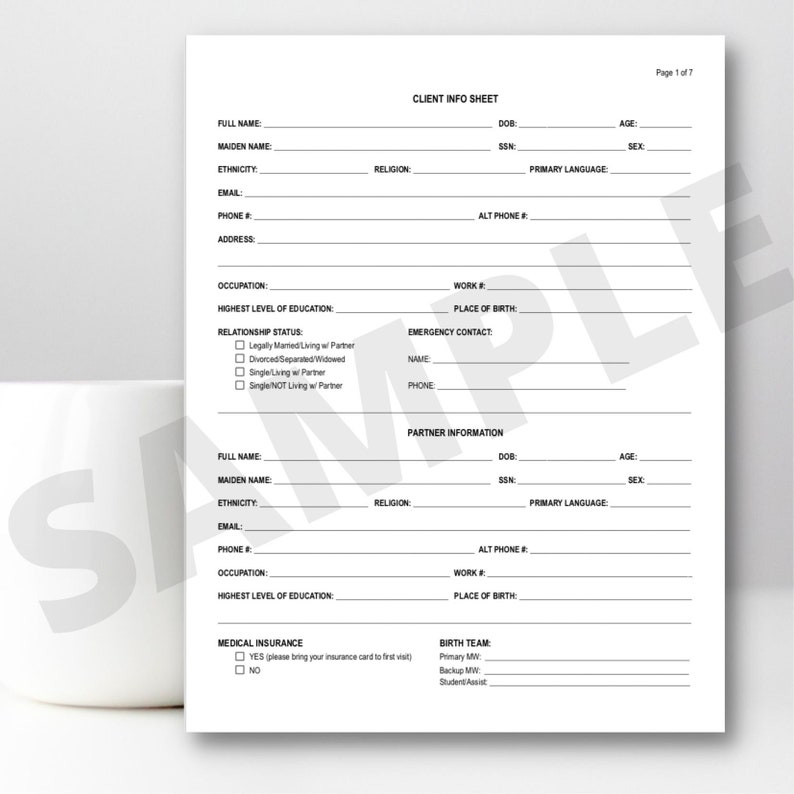
The 1920s in New York were a pivotal time in the history of midwifery, where traditional methods began to merge with emerging medical advancements. This era marks the transition from home births attended mostly by midwives to hospital deliveries overseen by doctors. Understanding the paperwork involved during this time sheds light on how the profession was valued and regulated.
The Role of Midwives in 1920s New York
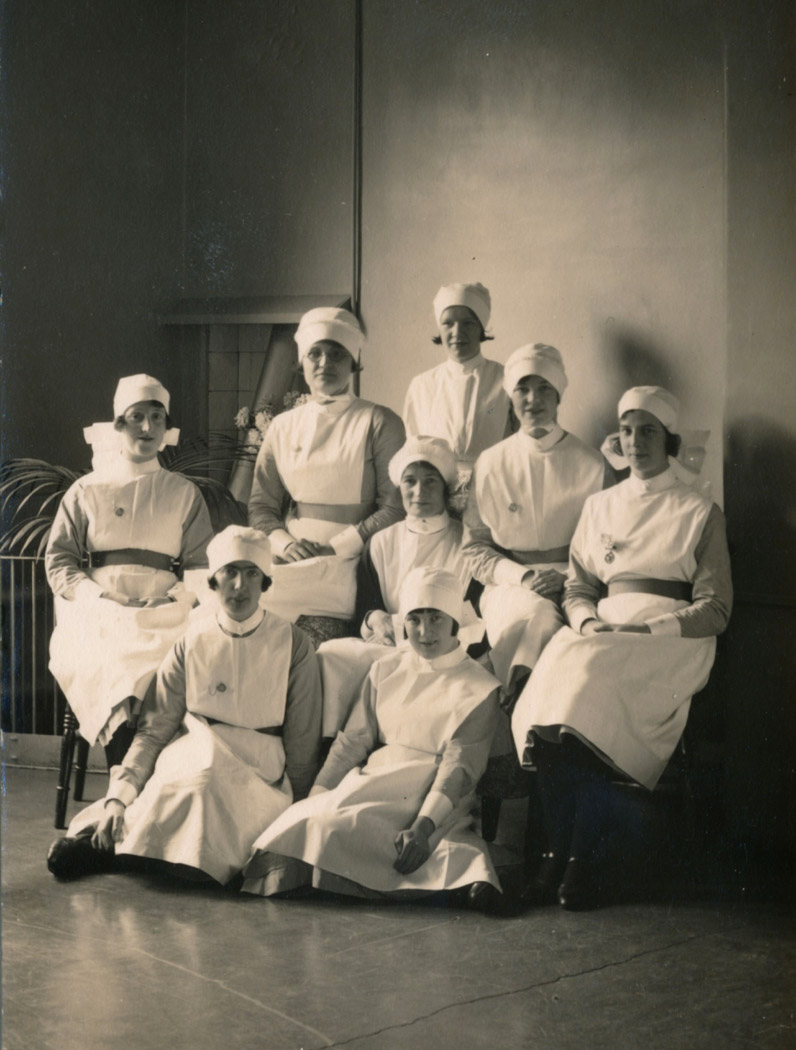
During the 1920s, midwives in New York were essential to the community, particularly in immigrant neighborhoods and poorer districts where medical care was scarce or too expensive. Their services were not only about birthing babies but also about:
- Providing maternal care before, during, and after childbirth.
- Offering advice on infant care, nutrition, and overall health.
- Educating women on health practices and hygiene.
- Serving as community health advocates.

🌿 Note: Midwifery was often the only accessible healthcare for many women, particularly in lower-income and immigrant communities.
The Paperwork Landscape
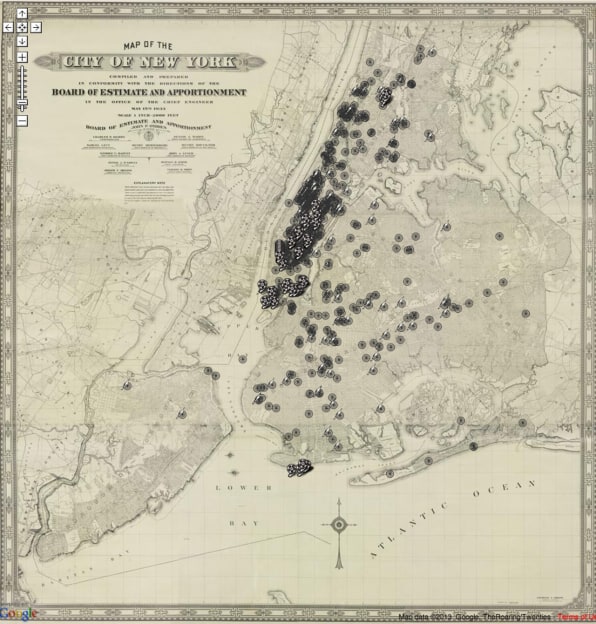
Midwifery in the 1920s was surrounded by a significant amount of paperwork which included:
- Certificates of Attendance: Issued to midwives after attending official birth and attending to the mother and newborn.
- Reports to the Department of Health: Mandatory reporting was required, detailing each birth to monitor public health statistics.
- Registration Documents: Midwives needed to be licensed, involving paperwork for certification and renewal.
- Birth Records: Legal documents filled out for each birth, noting details about the child, parents, and the birth process.
- Midwifery Logs: Detailed notes for each patient, including prenatal visits, birth plans, and postnatal care.
Challenges and Changes
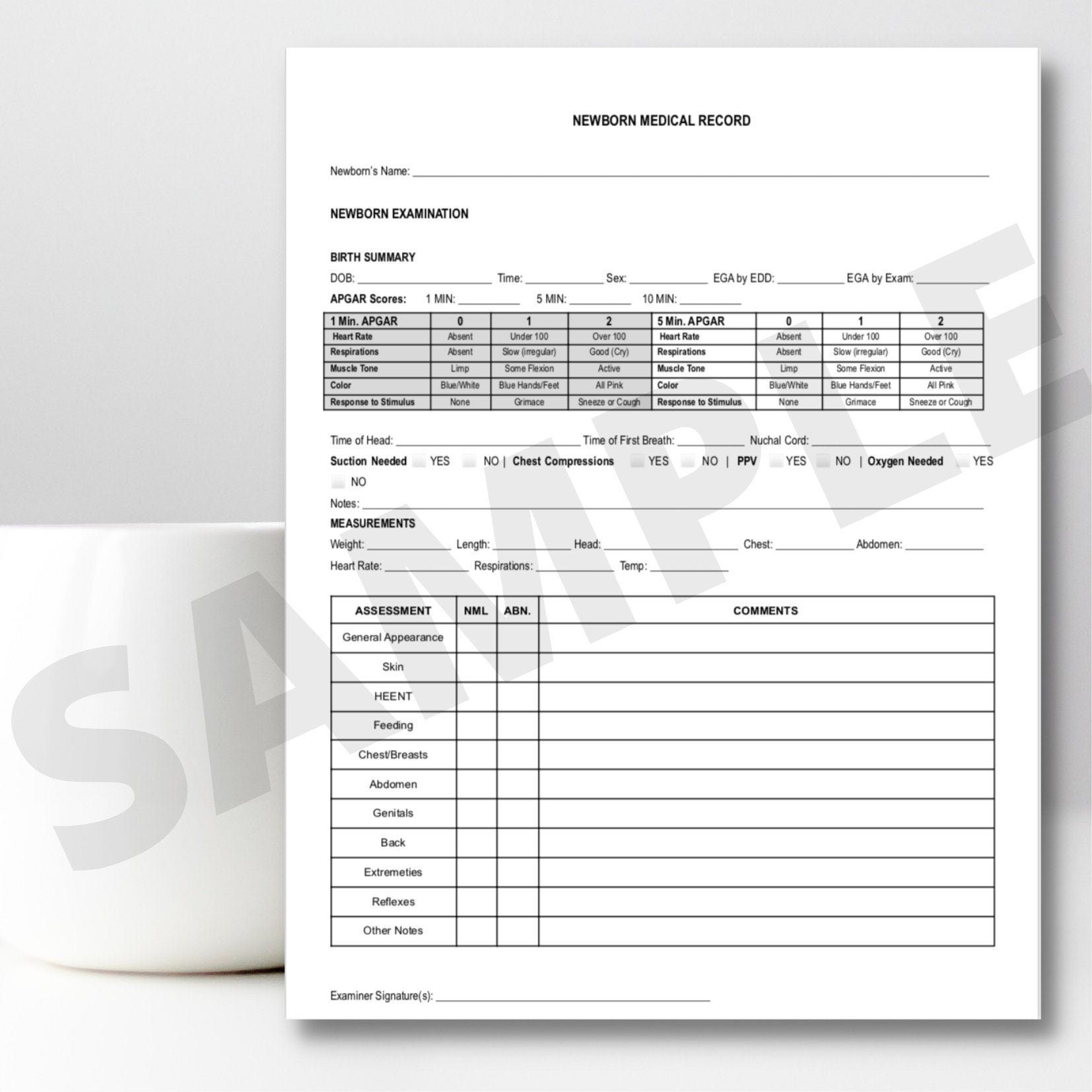
The paperwork landscape for midwives in the 1920s wasn’t without its challenges:
- Regulation and Licensing: New York State began to introduce stricter regulations for midwives, requiring them to pass health department inspections and maintain active licenses.
- Resistance and Adaptation: Many traditional midwives resisted these changes, viewing them as an infringement on their autonomy. However, those who adapted to the new system could continue practicing.
- Shift to Medicalization: As hospitals became the preferred choice for childbirth, the paperwork demands on midwives shifted towards collaboration with medical professionals.
Paperwork Examples
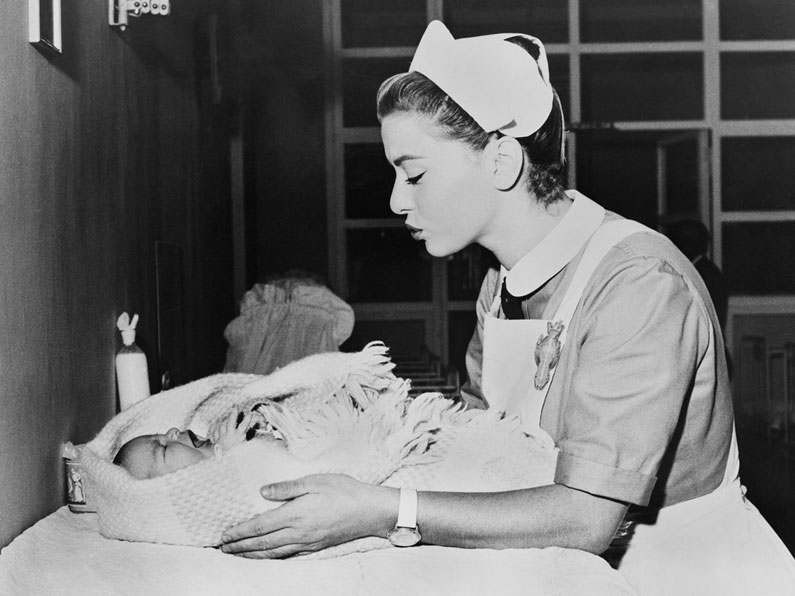
Here is a simplified example of what a midwifery log might look like:
| Name of Patient | Date of Birth | Pre-Natal Visits | Birth Details | Post-Natal Care |
|---|---|---|---|---|
| Mary O’Connor | 1922-07-15 | 8 visits | Normal Delivery | 2 weeks |
| Anna DiCarlo | 1921-03-28 | 6 visits | Forceps Delivery | 1 week |

Impact on Public Health

The meticulous record-keeping of midwives was crucial in:
- Monitoring maternal and infant mortality rates.
- Tracking the prevalence of diseases and health issues among newborns.
- Assessing the effectiveness of public health interventions in maternal care.
📝 Note: The data collected from midwifery records contributed to the development of public health policies and improvements in obstetric care in New York City.
As we reflect on the journey of midwifery paperwork in 1920s New York, we see how it evolved with the times, adapting to a more structured healthcare system while still maintaining its core value of nurturing new life. The administrative changes reflected the broader shift towards medicalization of childbirth, but midwives continued to play an essential role in community health, bridging the gap between traditional care and modern medicine. These records not only helped to monitor health trends but also provided insights into the lives of many New Yorkers, capturing the socio-economic and cultural contexts of the time. Understanding this legacy allows us to appreciate the nuances of healthcare evolution and the enduring importance of midwifery in shaping public health.
What was the primary role of midwives in the 1920s?
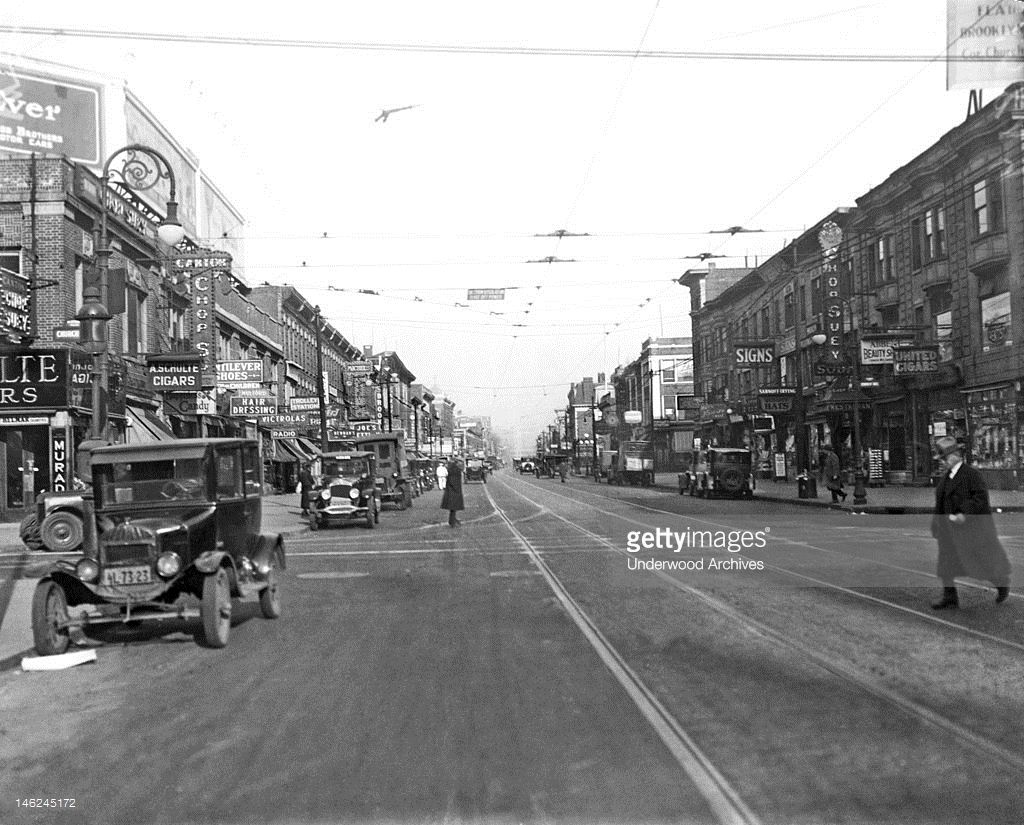
+
Midwives in 1920s New York played a multifaceted role. They were not only responsible for attending to births but also provided prenatal care, postnatal advice, and were community health educators, especially in underserved areas.
Why was there a shift to hospital deliveries in the 1920s?
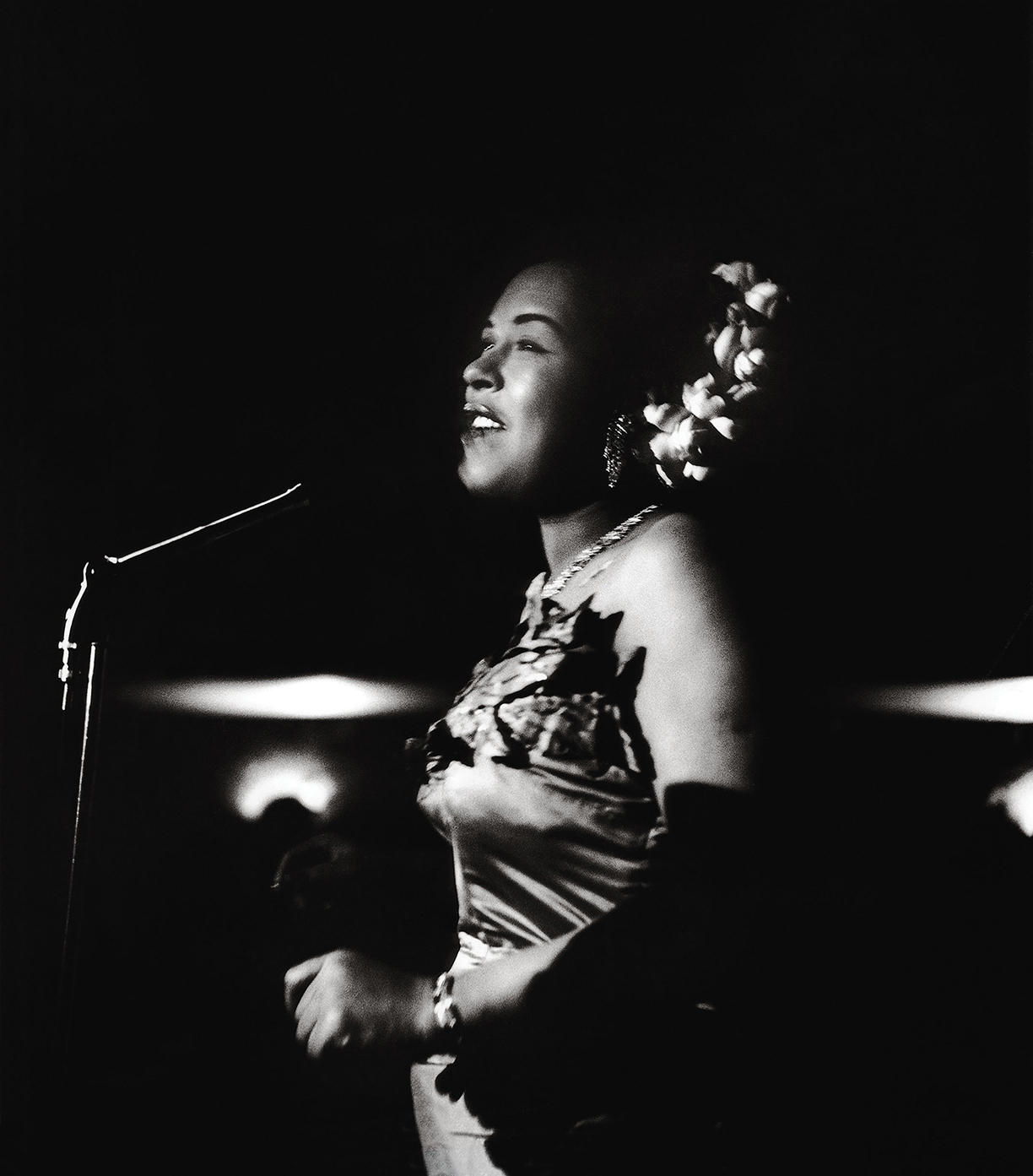
+
The shift to hospital deliveries was driven by advances in medical technology, an increasing trust in medical professionals, and public health initiatives aimed at reducing maternal and infant mortality rates through controlled medical environments.
How did midwifery regulation change in the 1920s?
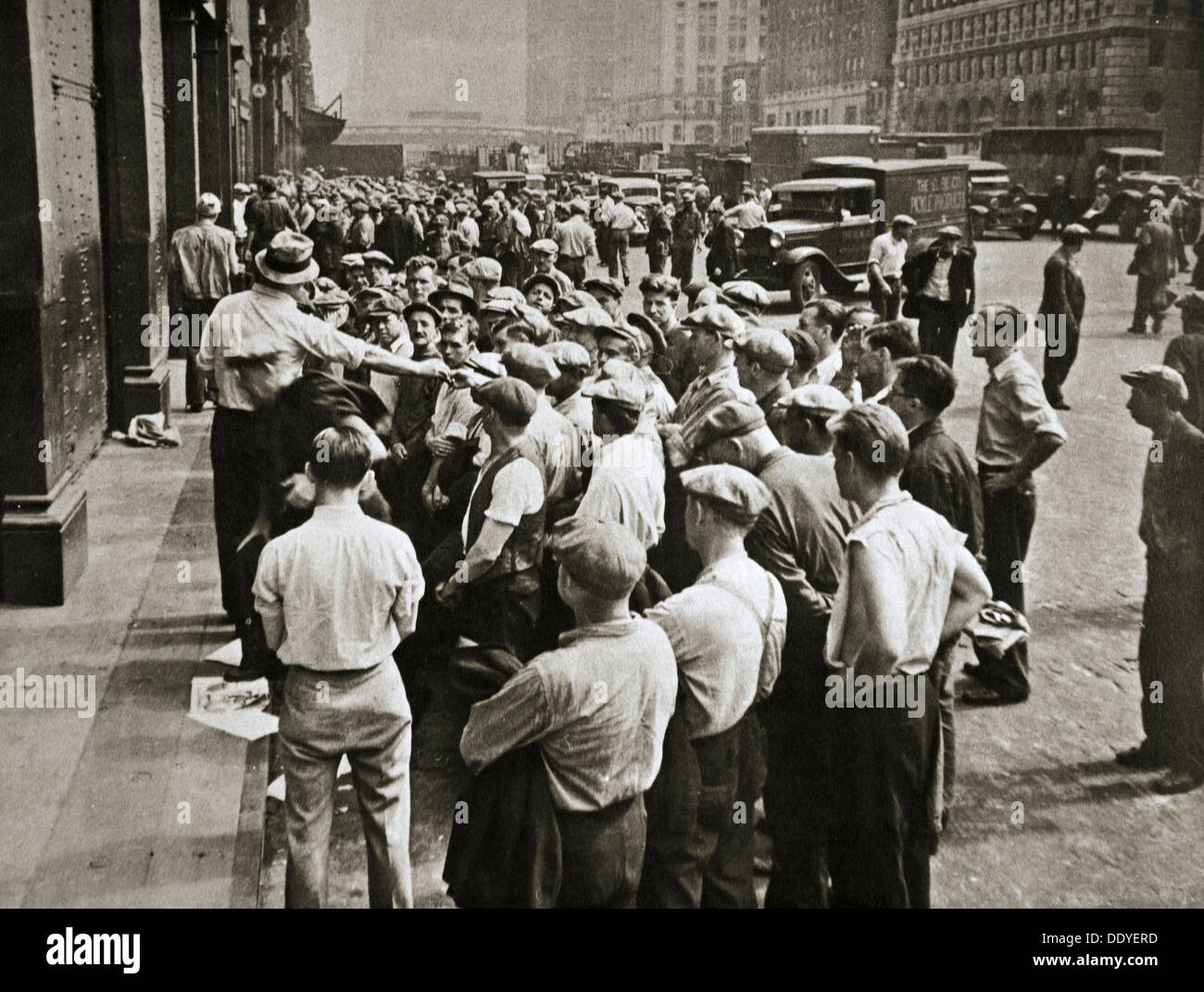
+
New York State introduced stricter regulations, requiring midwives to obtain licenses, report births to health authorities, and comply with medical standards, which often included working alongside or under the supervision of doctors.